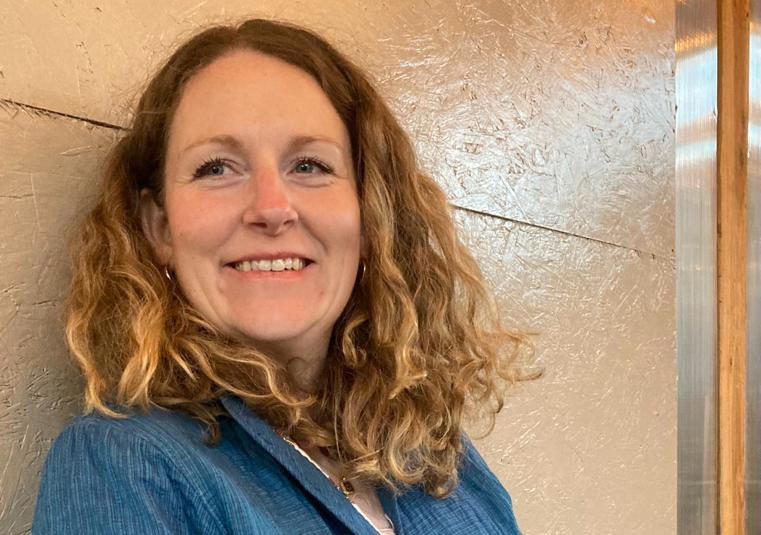Claire’s Story
Taken from her written evidence to the Heath and Social Care Committee
Update: Sadly, Claire passed away on 12 May 2025 aged 42.
In July 2021 I began suffering with symptoms of Uterine Leiomyosarcoma, a rare and aggressive cancer that has a poor prognosis and a high recurrence rate. It makes up less than 2% of all cancers; around 5300 people a year are diagnosed in the UK. The 5-year survival rate is 50%–55% for patients with early uterine sarcoma and 8%–12% for advanced cases. Due to lack of awareness of this cancer by both medical professionals and people presenting with symptoms, many cases are diagnosed late; this combined with low levels of research lead to extremely poor outcomes.
Since August 2021, I have struggled to get a diagnosis and timely treatment. When I first presented with symptoms; including a lump in my abdomen, my GP diagnosed me with Irritable Bowel Syndrome, as a result of a narrow set of questions about my symptoms. This resulted in months of delay. When dealing with sarcoma, fast diagnosis is one of the most important factors in reducing mortality. This is a common experience with Sarcoma, most GPs will only see one sarcoma in their career. The later sarcoma is diagnosed, the worse the outcomes, despite this, on average sarcomas are diagnosed when they are the size of a can of beans.
![]()
Over a few months, I made several attempts to get a follow up appointment; as the medication I was prescribed wasn’t working. My symptoms were developing and it became clear to me that the lump I had been able to feel in my abdomen was located in my uterus. I was increasingly alarmed. Eventually, I insisted on seeing a woman GP having heard a discussion on research that concluded patients who were treated by women healthcare professionals had significantly better outcomes. Following a consultation with the new GP, I was referred urgently to University Hospital Wales where, following scans, I was diagnosed with a suspected fibroid. I had several appointments to discuss treatments and to receive hormone injections to induce chemical menopause aimed at shrinking the ‘fibroid’ (which was now so large it was visible protrusion from my abdomen). Following the hormone injections, I was scheduled for surgery in July 2022, however due to the ‘non-urgent’ nature of a fibroid and the pressures experienced by the NHS my surgery was eventually performed at the end of September 2022.

Following my surgery (open myomectomy) I was advised that I would be contacted within 3 weeks if my biopsy results showed anything of concern. After 3 weeks, I assumed I had a clean bill of health and returned to work. However, again, due to the current pressures on the Welsh NHS I didn’t get my results for 6 weeks. Sadly, on the 18th November 2022, I received the results of my biopsy, which showed the fibroid was uLMS. I was immediately sent for a CAT scan to see if the disease had spread to my lungs or other areas of the abdomen. The scans showed no evidence of tumours anywhere else in my abdomen. Shortly after the scans, I underwent a full hysterectomy on the 2nd December 2022. Although there were no signs of the cancer having spread, it was vital to have the procedure as a preventative measure due to the recurrence rates.
To date, I have only had surgery, as this is the most effective way of treating sarcoma. I am now under a three-monthly regime of x-rays, scans and a consultant appointment, as recurrence rates are between 53% and 71%. Alongside this I am still waiting on the results of whether the cancer cells were hormone receptive, if this is the case I will need another procedure to remove my ovaries; which I was reluctant to do without establishing the histology of the cancer, due to the negative impact of early menopause.






